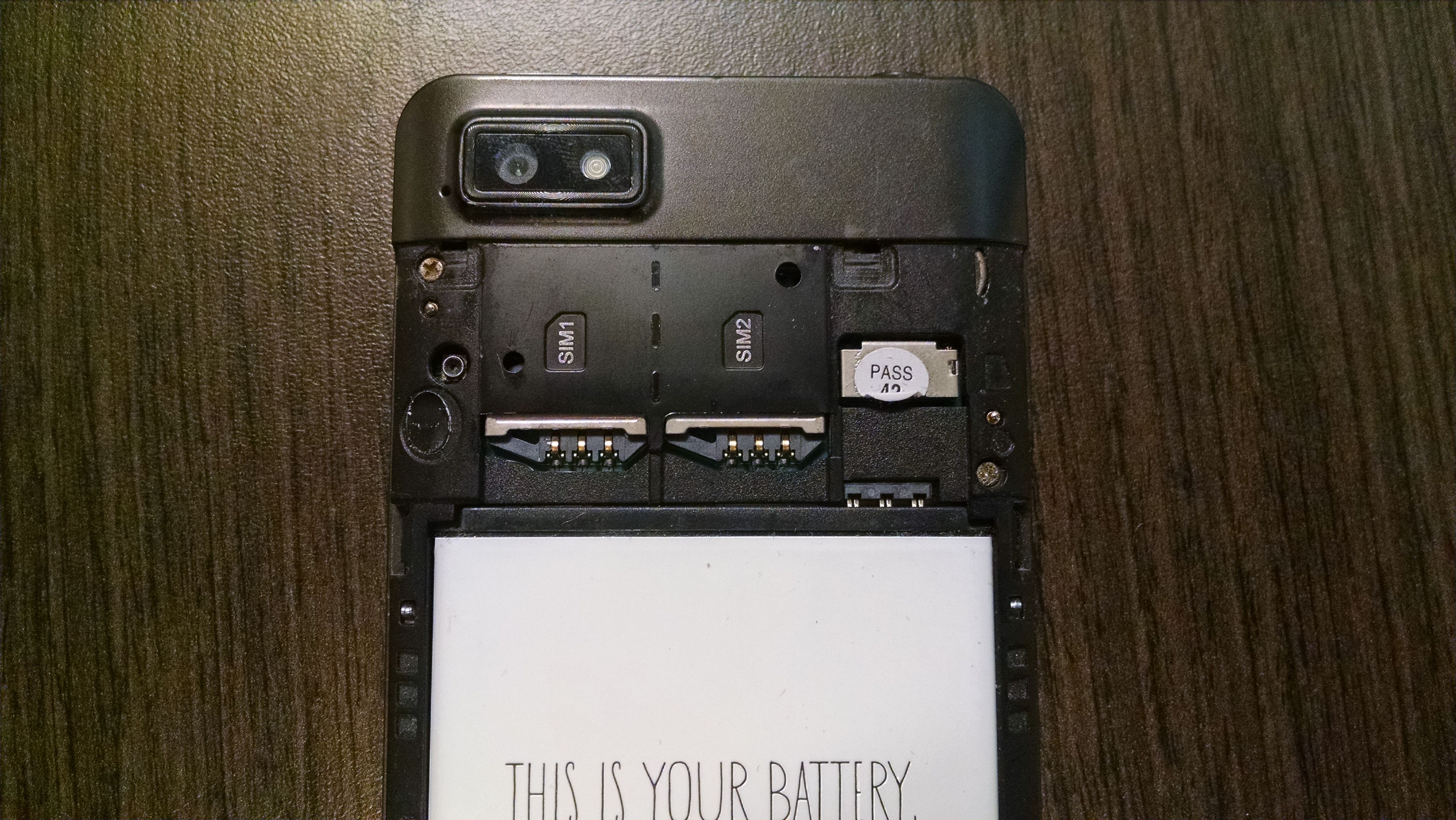I’ve been happily plodding along with an old 2013 Android device, routinely dropping it with no ill effects. My luck finally ran out a few weeks ago, and I shattered the screen. Much to my dismay, there don’t seem to be any OEM parts available for the device through my regular suppliers. A device is only repairable as long as the supply of parts exists, and it appears I’ve fallen into that no man’s land between the repair industry and the OEM suppliers. While continuing to look for parts, I need a working phone right now. Acquiring a new device, while still maintaining a commitment to ethical tech, is a challenge. I’ve documented my hodgepodge system below and will post updates about the experience.
The Phone
It’s difficult to find a phone that isn’t riddled with conflict minerals, produced using unfair labor conditions, or destined for a landfill. I’ve long admired Fairphone for their commitment to repair, fair labor, conflict free minerals, sustainable design, and good working conditions. Unfortunately, they don’t ship to the US and since they’re designed to last people tend to hold onto them (which is great!). I was able to find a seller in the UK who was willing to ship his used phone to the US, so I became the owner of a Fairphone 1 last week.
The Cellular Plan
The Fairphone 1 is compatible with GSM/EDGE (850/900/1800/1900 MHz), which translates to 2G service in the US. I used an IMEI checker to find compatible service. AT&T was off the list immediately since they sell customer data directly to law enforcement. Not very many providers offer 2G since they have sunset their 2G networks to make room for 4G LTE, but I was able to get a regular sized SIM card through Ting. I don’t know much about them at all, but their donations to the EFF campaign to stop the wholesale spying on citizens, along with a public commitment to Net Neutrality, gives me hope that they might be slightly less data hungry than competitors. I’ll continue to dig into their privacy policies and terms of service and report back.
**UPDATE** I was able to port my number from Verizon to Ting in a matter of minutes, and started receiving calls/texts immediately. Service so far is great.
The Wireless Data Strategy
Let’s face it–2G is not very fast. I really only need a cell phone plan so I can keep my phone number, which I rarely use for voice calls. The Fairphone 1 hardware can connect to 2.4GHz 802.11b/g/n wifi, which is plenty for my needs. I have wifi at home and work, so this is really only for those times I’m out and about. By donating $500 to the Calyx Institute, a privacy focused non-profit ISP, I received a mobile wifi hotspot with a year’s worth unlimited, anonymous, unshaped, unfiltered 4G/LTE bandwidth on Sprint’s network. I’ll report back on performance.

2 comments for “Experimenting with the Fairphone 1 in the US”